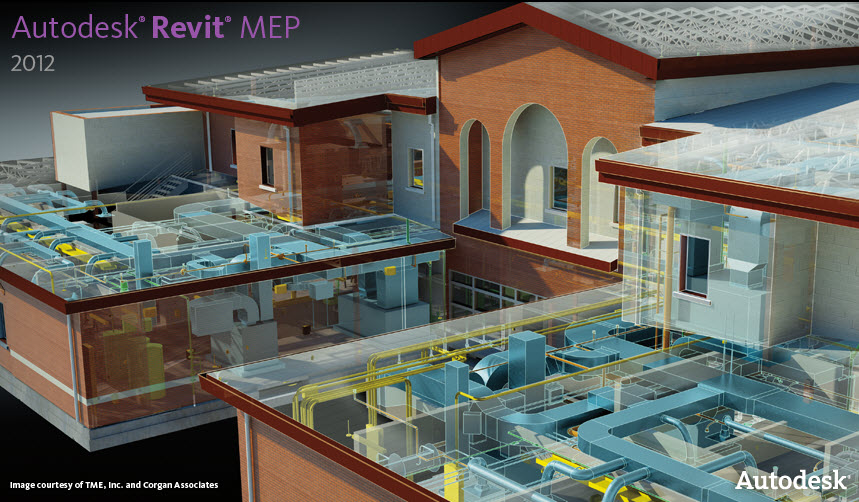Once you set your Duct and Pipe Types, save those into your project template so that you can reuse those types and fittings for future projects. This will save you time and allow you to do more designing and less setting up.
To set up your pipe types, select a type in the project browser down at the bottom under families, and right-click and duplicate it and rename it with your new name. Then right-click and change the properties. Within the properties dialog box, you can change each fitting that that pipe/duct type will use by default when laying out a system.

Each type can be unique and have different fittings. This speeds up the design process because Revit MEP will automatically place the correct fitting based on the Pipe/Duct type you are using when laying out your routing. You shouldn't have to manually place fittings very often.

This goes not only for manually routing pipe/duct, but also for the automatic layouts that are generated. When you have Revit MEP layout a system for you, in the Settings, you can choose what Pipe/Duct type you want to use, and Revit MEP will automatically place the fittings that you choose to be the defaults for that Pipe/Duct Type.

If you go into the Mechanical Settings under Settings Pull Down menu, you can also create your own piping materials and assign Roughness and set the connection type and assign sizes for your own custom pipe. You can then assign other pipe properties in your pipe types to these custom pipe materials and settings.


I need to create tables of piping and fittings which are common in Fire Protection design. I am frustrated with the lack of fittings commonly used in this trade and my inability to generate new ones with the software. Is there a way to create threaded fittings with proper take outs? How about grooved fittings which automatically attatch to schedule 10 pipe? The mechanical equipment library is extensive and varied. Sprinkler trade seems to be stuck with the stuff plumbers and HVAC designers use, but nothing from the code. I can make it work, but AI need the tools.
ReplyDelete